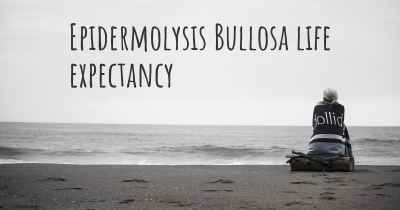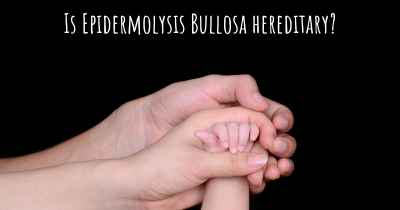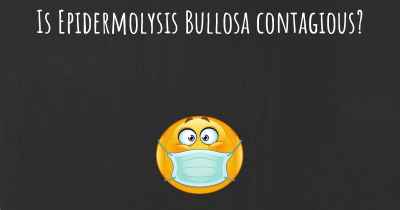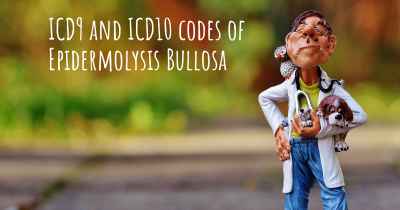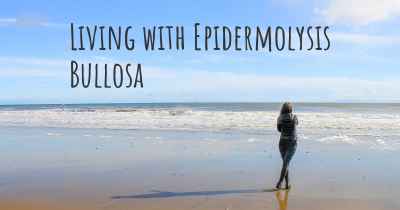How is Epidermolysis Bullosa diagnosed?
See how Epidermolysis Bullosa is diagnosed. Which specialists are essential to meet, what tests are needed and other useful information for the diagnosis of Epidermolysis Bullosa
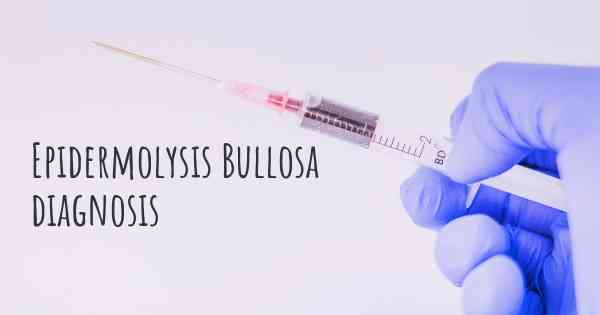
Epidermolysis Bullosa (EB) is a rare genetic disorder characterized by extremely fragile skin that blisters and forms painful sores with minimal friction or trauma. Diagnosing EB involves a comprehensive evaluation of the patient's medical history, physical examination, and specialized laboratory tests.
Medical History
A detailed medical history is crucial in diagnosing EB. The healthcare provider will inquire about the patient's symptoms, family history, and any previous skin problems. They will ask questions related to the onset, duration, and progression of blistering, as well as any triggers or factors that worsen the symptoms. Additionally, they may inquire about the patient's personal and family history of other medical conditions.
Physical Examination
During the physical examination, the healthcare provider will carefully examine the patient's skin, looking for characteristic signs of EB. They will assess the extent and severity of blistering, the location of the blisters, and any associated complications such as scarring or infection. The provider will also examine the mucous membranes, nails, and other body surfaces to identify any additional abnormalities that may be indicative of EB.
Specialized Laboratory Tests
Genetic testing plays a crucial role in diagnosing EB. It involves analyzing the patient's DNA to identify specific mutations or alterations in the genes associated with EB. This testing can confirm the diagnosis and determine the specific subtype of EB. Genetic testing may be performed using various techniques, such as polymerase chain reaction (PCR), DNA sequencing, or gene panel testing.
Skin biopsy is another important diagnostic tool for EB. During a skin biopsy, a small sample of skin is taken from a blister or an unaffected area for microscopic examination. The biopsy helps identify characteristic abnormalities in the skin layers, such as separation of the epidermis and dermis, abnormal anchoring fibrils, or other structural defects. This information aids in confirming the diagnosis and determining the specific subtype of EB.
Immunofluorescence mapping is a specialized laboratory technique used to analyze the skin samples obtained through a biopsy. It involves staining the skin sample with specific antibodies that target proteins involved in the structure and adhesion of the skin layers. By examining the pattern of fluorescence under a microscope, healthcare providers can identify abnormalities in the distribution or expression of these proteins, which can help in diagnosing and classifying EB.
Electron microscopy is another valuable tool in diagnosing EB. It involves using an electron microscope to examine the skin sample at a much higher magnification. This technique allows for the visualization of ultrastructural abnormalities in the skin layers, such as blister formation, abnormal anchoring fibrils, or other structural defects that are characteristic of EB.
Other Diagnostic Considerations
In addition to the above-mentioned diagnostic methods, healthcare providers may consider other factors to aid in the diagnosis of EB:
- Family history: If there is a family history of EB or unexplained blistering disorders, it can provide important clues for diagnosis.
- Physical findings: The presence of other physical abnormalities, such as dental abnormalities, hair loss, or nail dystrophy, can suggest a specific subtype of EB.
- Immunohistochemistry: This technique involves staining the skin sample with specific antibodies to identify abnormalities in the expression or distribution of proteins involved in skin adhesion.
- Collagen VII immunostaining: Collagen VII is a protein crucial for skin integrity. Immunostaining for collagen VII can help identify abnormalities in its expression or distribution, aiding in the diagnosis of specific subtypes of EB.
It is important to note that diagnosing EB can be complex and may require the expertise of dermatologists, geneticists, and other specialists familiar with the disorder. The combination of medical history, physical examination, and specialized laboratory tests is essential for an accurate diagnosis, classification, and appropriate management of EB.
Posted Aug 21, 2017 by Michelle 1000
